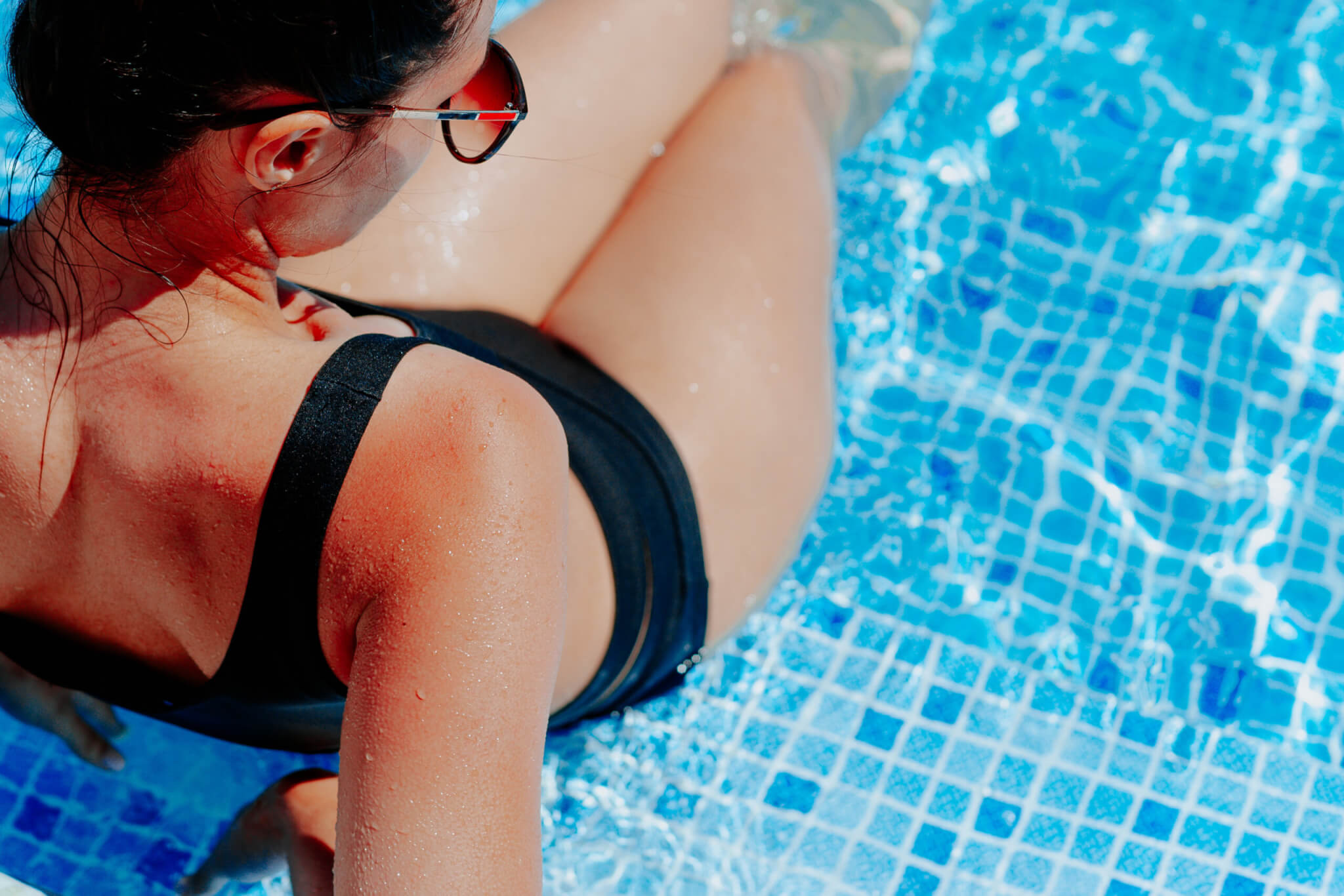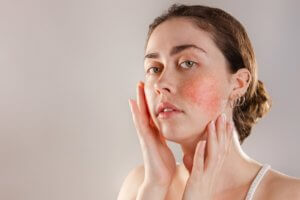Read Full Article HereOne of the things I can remember fairly vividly from my childhood, even back when my dad was driving me around, is going to the beach.
We would get up early, load the Dodge Royal and head to Galveston’s Stewart Beach.
Once at the beach, we would be slathered in suntan lotion that after one trip into the Gulf would dissolve and I would get the fiercest sunburn ever.
This practice continued into my teen years. We didn’t even bother coating ourselves with the lotion.
We just ran up and down Crystal and Crenshaw beaches throwing footballs, Frisbees and seashells. Swimming in the soothing Gulf waters and sailing, sometimes skiing on them, too.
Sometimes, we went out on a small boat dragging a shrimp net.
Actually, the first time I went out shrimping on Pop’s — he was my friend Philip’s step-granddad — motor boat was when my friend and I were 10. Pop told me to start pulling on the net.
It felt like it weighed several tons and I said, “Pop, we must have about a million pounds of shrimp in here.”
He laughed and told me to stand back.
The net was hooked up to a motorized pulley and Pop started pulling the net closer to the boat.
As it got closer, I saw why Pop was laughing. We didn’t have a lot of shrimp; we had a lot of cabbageheads.
Pop, then told us to start picking out the jellyfish and throwing them back in the water so they could continue their short lives. I was hesitant at first, but Pop said they wouldn’t hurt if we just grabbed them by the top of their ‘heads.’
We didn’t get a lot of shrimp, but we did get a lot of red skin.
But that was part of my plan back then. See, without scientific input, we reasoned that getting that first good sunburn of the season was what we had to endure to get that golden tan most of us craved.
Surprise, that was wrong.
Dermatology Physician Assistant, Kenny Spencer, with U.S Dermatology Partners here in Paris, set the record straight by telling me the following info. It is handy to know.
In general, it is deemed unsafe and harmful to the skin to go in the sun without sunscreen, especially for long periods of time.
The more time you spend in the sun without protection, the more damage you accumulate over time, thus sunscreen is recommended to help reduce the amount of UV reaching your skin.
Contrary to widely held belief, getting a base tan is not considered safe.
The skin cells only produce pigment in response to damage from UV rays.
Tanning is a sign that damage has already occurred and the skin is trying to protect itself from further damage.
While tanning may help protect the skin somewhat, it is not fool proof and sunburns can still happen.
More importantly, cellular damage can also continue and so the risk of future skin cancer and aging of the skin increase over time. The additional melanin produced in a base tan only provides a Sun Protection Factor (SPF) of approximately 2 to 4, which is well below the recommended minimum SPF of 30. In summary, a tan signifies damage to the skin and is an indicator of unhealthy skin.
Spencer said that the safest way to tan is with the use of self-tanning sprays or lotions. Self-tanning is deemed safe and does not cause irritation to the skin.
The most common ingredient in self-tanners is dihydroxyacetone, which reacts with cells of the outer skin layer to create a darker color.
As skin cells shed over the next few days, the color gradually fades.
Self-tanners do not require skin damaging UV radiation and are therefore much safer than other routes of obtaining a tan such as unprotected sun exposure.
So the bottom line for we beach, skiing, fishing and boating lovers is to wear strong sunscreen since there are no recommended safe ways to “naturally” tan since that would require damaging the cells with UV radiation.
How to protect yourself at the beach
July 14, 2024








